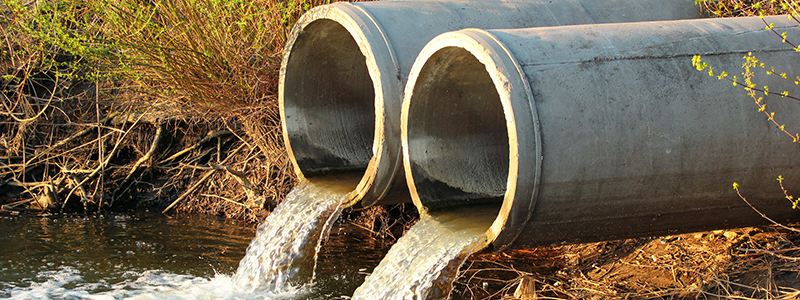Containing and eliminating pollution, particularly in waterways, is critical to combating increasingly bulletproof superbugs that could kill tens of millions by mid-century, a New UN report said Tuesday.
Superbugs — strains of bacteria resistant to antibiotics — killed an estimated 1.27 million people in 2019, and the World Health Organization says that antimicrobial resistance (AMR) is one of the biggest global health threats in the short term.
According to the UN, up to 10 million deaths from AMR could occur each year by 2050.
The disinfectants, antiseptics, and antibiotics that can help microbes get stronger are everywhere, from toothpaste and shampoo to cow’s milk and sewage.
A new report Tuesday called Pollution is an important factor in the “development, transmission and spread” of AMR, which requires urgent action to clean up the environment.
“Risks are increasing with increasing levels of pollution and lack of management of pollution sources, combined with antibiotic resistance in clinics and hospitals and in agriculture,” the UN Environment Program report said
Antimicrobial resistance is a natural phenomenon, but the overuse and abuse of antibiotics in humans, animals, and plants has made the problem worse.
This means antibiotics may no longer be effective at fighting the very infections they were designed to treat.
Tuesday’s UN report called that pollution from key economic sectors has exacerbated the problem, particularly the pharmaceutical, chemical, agriculture and health industries
Herbicides used to control weeds on farms can also increase AMR, while heavy metals also contribute to the problem.
Once antimicrobials are released into the environment, they seep up the food chain — they’ve been found in fish and cattle — and return to factories that make things like everyday toiletries.
“Silent Pandemic”
Antimicrobial resistant genes are found in waterways around the world, from the Ganges River in India to the Cache la Poudre River in Colorado, USA UN study found.
“It’s a real problem because rivers are often the source of our drinking water,” Jonathan Cox, a senior lecturer in microbiology at Britain’s Aston University, told AFP.
“It’s the silence Pandemic‘ warned Cox, who is not affiliated with the UN study. “It’s going to be the next pandemic without us really realizing it.”
Prevention is key, the UNO called.
“Driven by population growth, urbanization and growing demand for food and healthcare, we can expect an increase in the use of antimicrobials and the release of pollutants into the environment,” it said.
The UN pushed Governments and international groups to address the “key sources of pollution” including wastewater, urban waste, healthcare, pharmaceutical manufacturing and intensive agriculture sectors.
Cox said solutions must be global because AMR is so ubiquitous.
One answer is to focus on clinical approaches, such as B. Improving rapid tests for infections so that antibiotics are not misprescribed.
Another goal is to improve wastewater management to remove antimicrobial agents. But such processes are complicated and expensive.
“The technology is out there, it’s just not being used because governments don’t care as much about the environment as they do about the bottom line,” Cox said.





